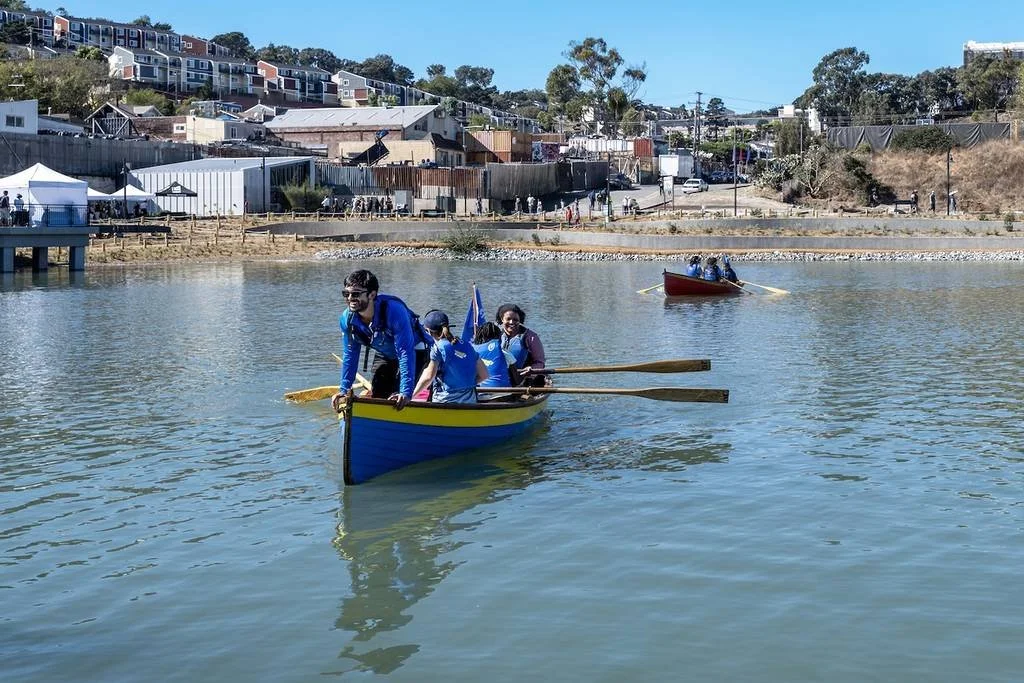California Workforce Development Board
Since 2018, the Jewish Vocational and Career Counseling Service’s Automotive Pathway Program has been preparing Bay Area workers for careers in the automotive industry. The 18-week program teaches technical skills, provides job readiness training, and offers paid on-the-job training, helping create a diverse, highly skilled workforce for local employers and advancing careers for local residents.



















